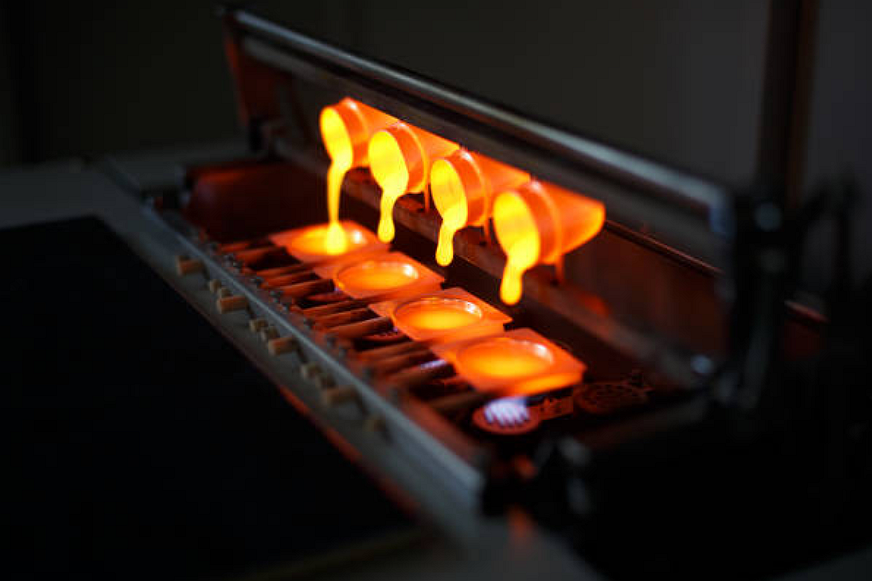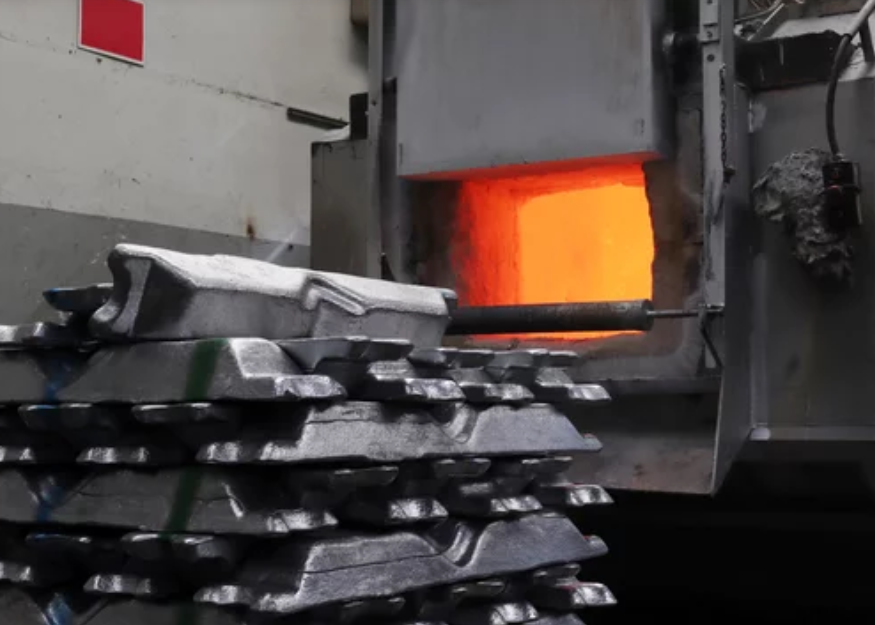Which materials used in investment casting are most sustainable?
Introduction
Sustainability in investment casting extends beyond process efficiency—it begins with the selection of environmentally responsible materials. Modern foundries, including Neway, prioritize alloys and composites that offer high performance, recyclability, and energy-efficient processing. These sustainable materials not only reduce environmental impact but also enhance part longevity and life-cycle efficiency across various industries, including aerospace, automotive, and energy.
Recyclable Ferrous Alloys
Cast stainless steel and carbon steel are among the most sustainable investment casting materials due to their high recyclability. Scrap from machining and gating systems can be remelted without significant loss of mechanical properties. Stainless steels also naturally resist corrosion, reducing the need for additional coatings or chemical treatments and extending product life, which contributes to sustainability through enhanced durability.
Lightweight Aluminum Alloys
Cast aluminum alloys, such as A356 and A380, are preferred for lightweight, energy-saving applications. Aluminum’s low density helps minimize energy use during both transport and operation of finished parts. Moreover, aluminum alloys can be recycled repeatedly with minimal degradation, making them a cornerstone of circular manufacturing strategies.
Nickel-Based and Titanium Alloys for Longevity
While energy-intensive to produce, nickel-based alloys and cast titanium offer unmatched performance-to-weight ratios and exceptional corrosion resistance. Their extended service life means fewer replacements and reduced resource use over time—critical for sustainable operations in medical device and aerospace turbine components. Additionally, innovations in heat treatment have optimized their energy profiles during processing.
Copper and Zinc Alloys for Recyclability
Copper alloy and zinc alloy castings are highly sustainable options. Both materials exhibit excellent recyclability, and their melting temperatures are relatively low compared to those of steel or nickel alloys, thereby reducing energy consumption during casting. These materials are often used in locking systems and lighting components that require both aesthetic appeal and environmental responsibility.
Ceramic and Hybrid Shell Materials
Beyond metals, innovations in ceramic injection molding and fine-grain shell materials have improved sustainability by enabling thinner, more precise molds. These shells require less slurry and firing energy, and many are now derived from partially recyclable or naturally occurring minerals such as zircon and alumina, reducing their ecological footprint.
Surface Treatments Supporting Longevity
Sustainable materials are complemented by eco-friendly finishes. Techniques such as anodizing, electropolishing, and PVD coating enhance durability without the use of toxic chemicals. These treatments extend the life of cast parts and reduce waste associated with maintenance.



